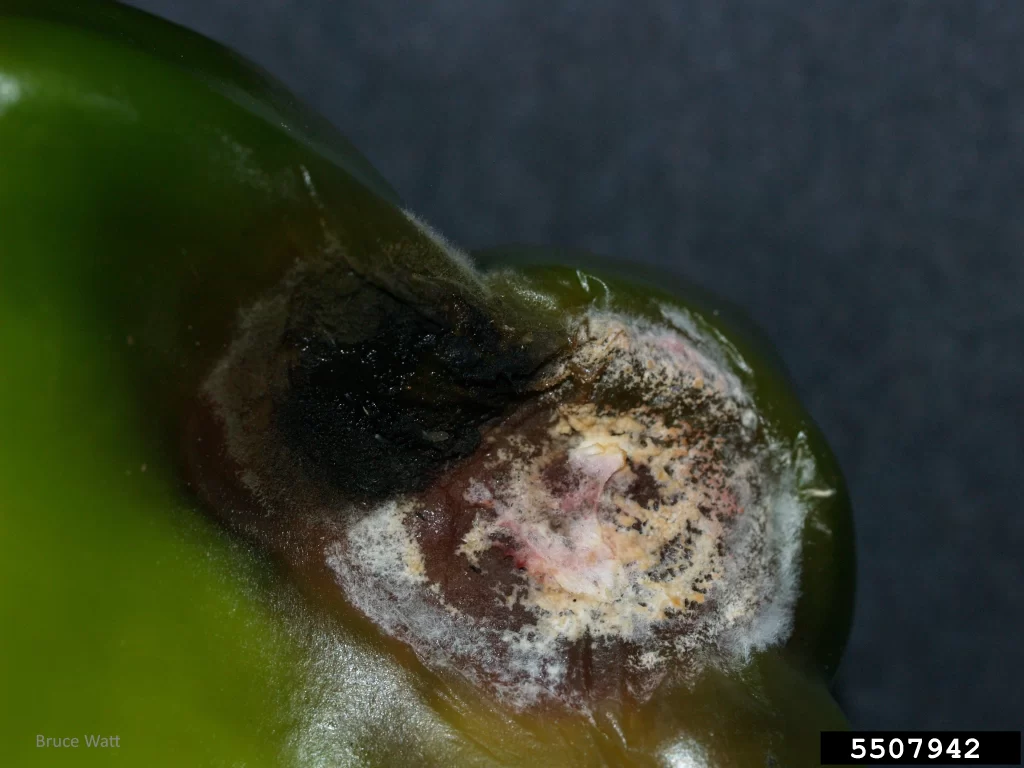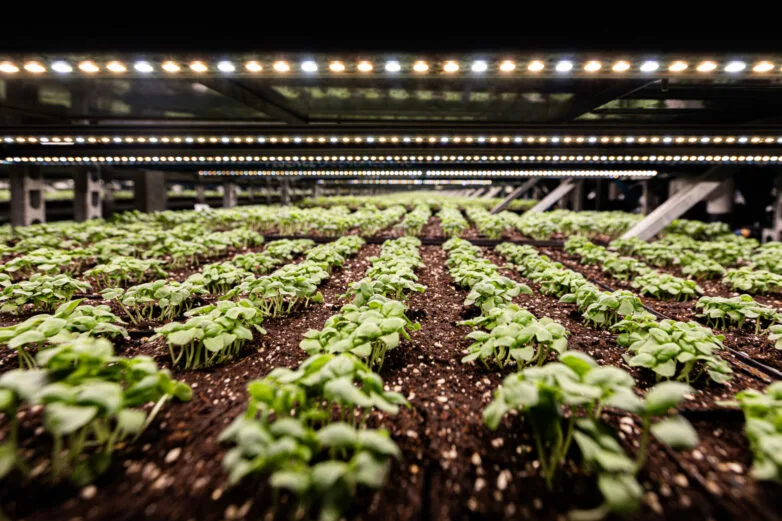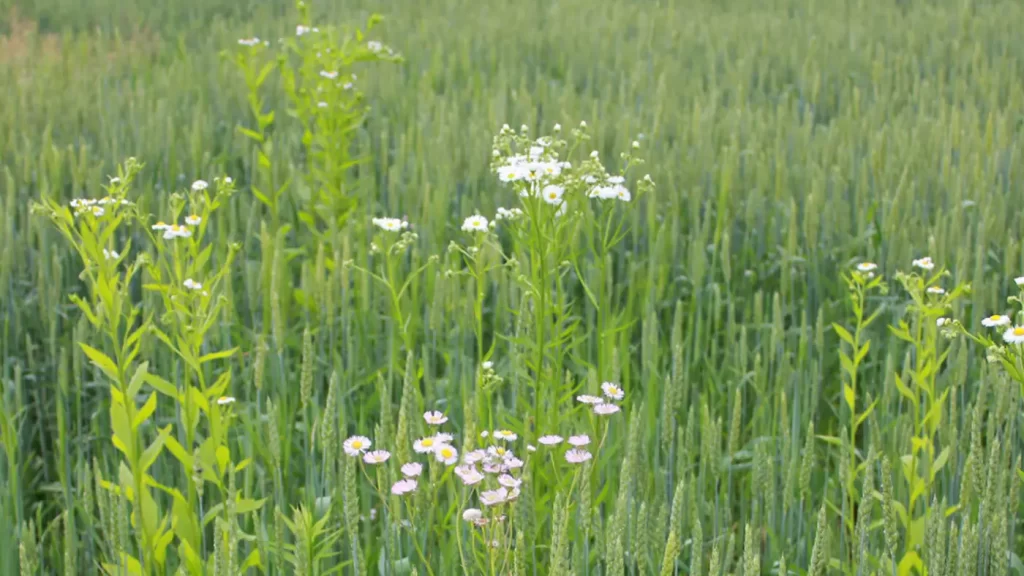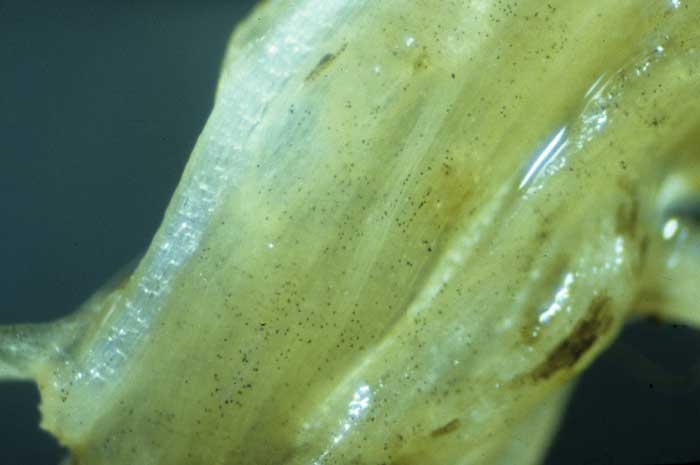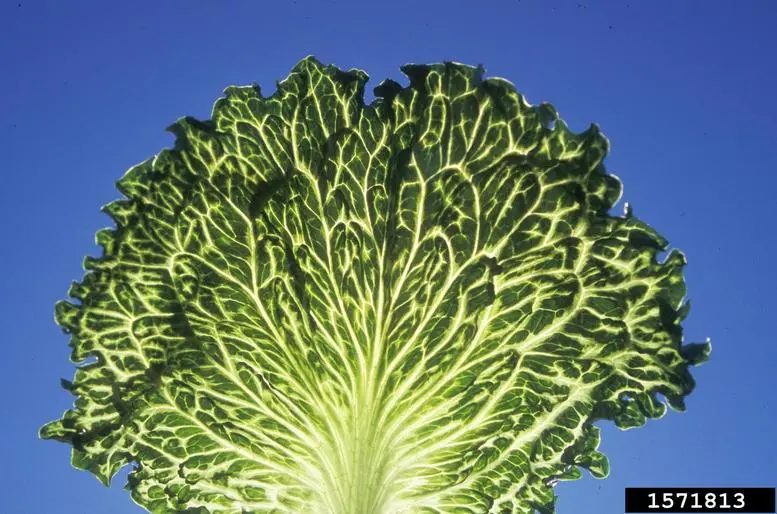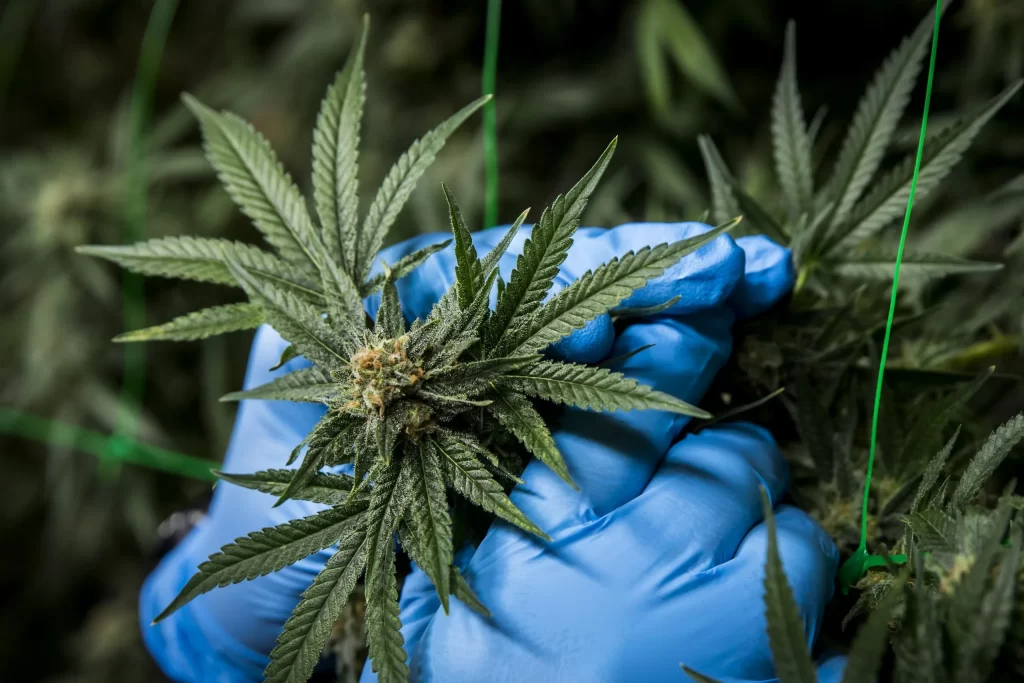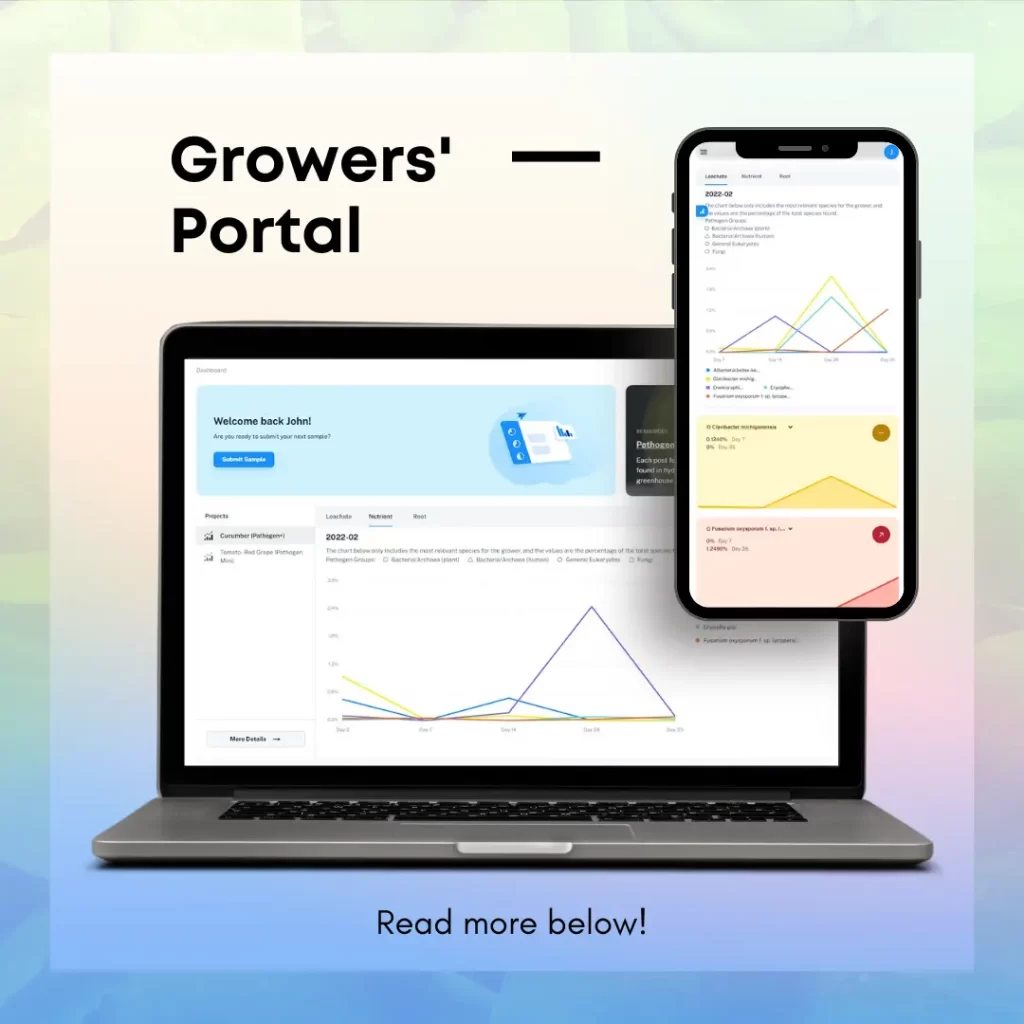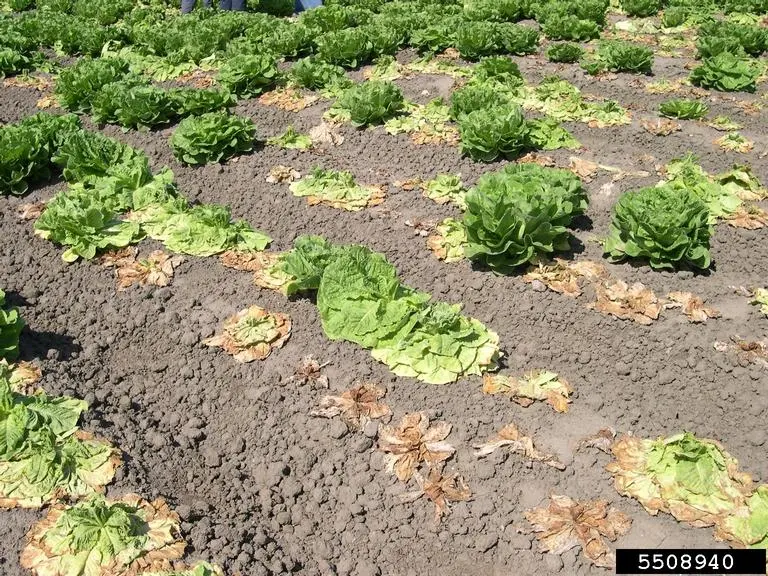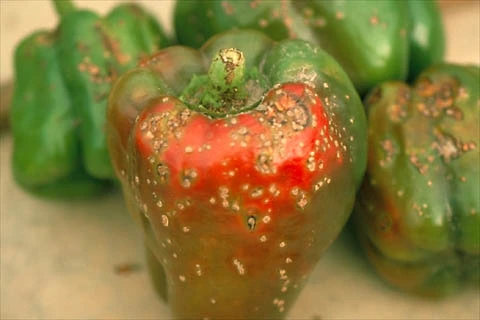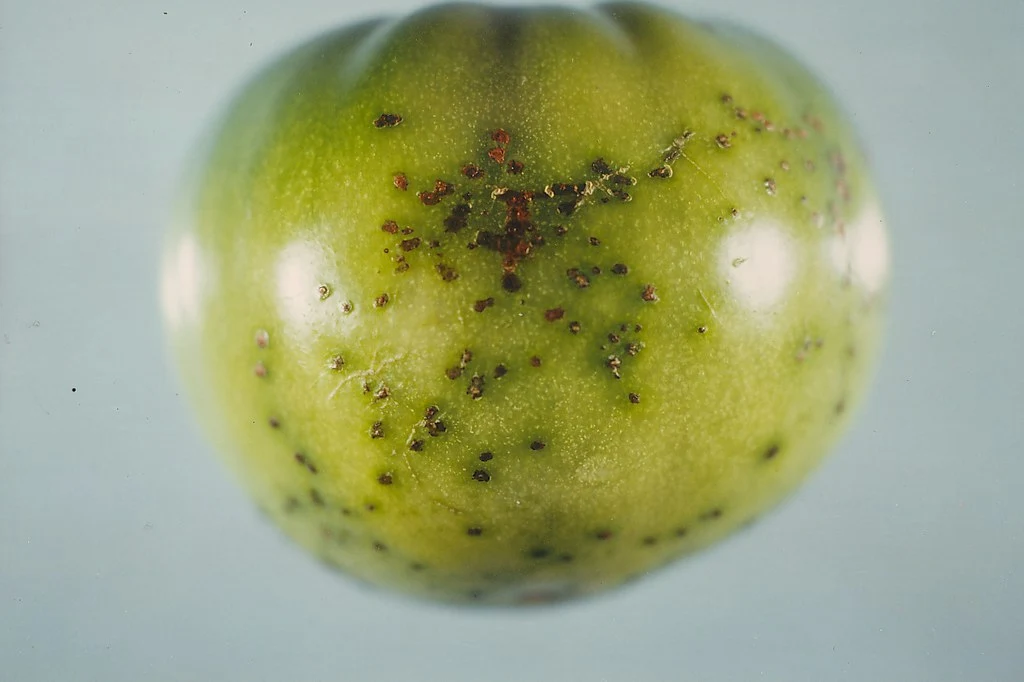Banner Image by Bruce Watt, University of Maine, Bugwood.org. https://www.invasive.org/browse/detail.cfm?imgnum=5507942& Fusarium oxysporum f. sp. capsici Introduction Fusarium oxysporum f. sp. capsici is a soil-borne fungal pathogen that poses a significant threat to pepper crops. This pathogen is responsible for Fusarium wilt, a devastating disease that can lead to substantial yield losses. The economic impact of […]
How Microorganisms Help Farms with The USDA Organic Label Microorganisms are crucial for farms trying to attain or maintain a USDA Organic Label. This blog will explore the label itself, the requirements of the label, how microbes work in organic farming and how they can work for indoor organic agriculture. USDA Organic Label The United […]
Herbicide-Resistance and Genetic Testing The modern farmer faces various challenges, from fluctuating market demands to the unpredictable whims of Mother Nature. Of all these challenges, the rise of herbicide-resistant weeds has rapidly emerged as a pressing concern. In Canada alone, weeds cost growers over half a billion dollars annually in replacement herbicides and reduced crop […]
Olpidium brassicae Introduction Olpidium brassicae is a common fungal parasite that infects the epidermal cells of plant roots, particularly those in the Brassicaceae family and tobacco plants [1]. It is commonly known as seedling blight of tobacco or seedling disease of cabbage. This pathogen has a significant economic impact on agriculture, as it can reduce […]
Olpidium virulentus Introduction Olpidium virulentus is a parasitic fungus that infects plant roots, including leafy greens grown hydroponically. The pathogen can transmit two serious viruses: Lettuce big-vein associated virus (LBVaV) and Mirafiori Lettuce Big Vein Virus (MLBBV), causing a decrease in overall yield. Olpidium virulentus does not cause significant plant diseases but is a vector for viruses […]
Hop Latent Viroid Introduction Hop Latent Viroid (HLVd or HpLVd) is a significant concern for growers, particularly those cultivating hops and cannabis. This pathogen can have a considerable economic impact on the industry, leading to reduced yield, quality, and plant longevity[1-2]. A comprehensive economic study has summarized the economic impacts of diseases on specialty crops, […]
Track Your Microbiome with Ease: Introducing the Growers’ Portal If you’re a farmer or indoor grower, you know how important it is to maintain the health and robustness of your plants. The microbial communities (microbiomes) in hydroponic systems play a crucial role in determining your plants’ overall health and yield. To help you easily track […]
Sclerotinia minor What is Sclerotinia minor? Sclerotinia minor is a fungal pathogen affecting a wide variety of plants, most notably soybean, lettuce, canola, peanuts, and sunflowers [1–3]. Sclerotinia species, such as Sclerotinia sclerotiorum and Sclerotinia trifoliorum, are responsible for Sclerotinia rots or white moulds, which are of concern to farmers [4]. The infection causes massive […]
Xanthomonas euvesicatoria What is Xanthomonas euvesicatoria? Xanthomonas euvesicatoria is a bacterium that causes bacterial spot disease in plants of tomatoes and peppers [1,2]. It is aerobic and has a long tail (flagellum), allowing it to move in water. Please refer to Figure 1 where the flagellum can be seen on the bottom right side of […]
Pseudomonas syringae What is Pseudomonas syringae? The bacteria Pseudomonas syringae is a common plant pathogen mostly found in stems and leaves [1]. It infects a wide range of plants—including fruit trees, greenhouse vegetables, ornamentals, and field crops. Annually, the bacteria cause billions of dollars of damage worldwide from lost fruits, damaged trees, unmarketable ornamentals, and […]


